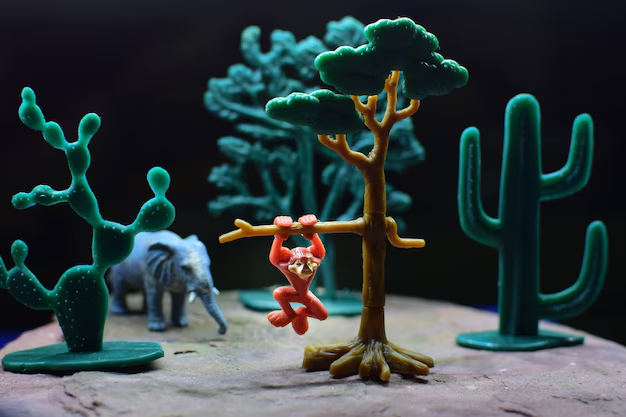3D animation has revolutionized the entertainment industry, offering a visual language that blends creativity and technology. What began as rudimentary models in the early days of filmmaking has now evolved into a dynamic and essential part of modern animation, video games, and visual effects. Let’s explore the fascinating journey of 3D animation and how it has evolved from concept to screen.
The Early Beginnings
The origins of 3D animation can be traced back to the 1950s and 1960s, with experimental animations such as A Computer Animated Hand (1972) by Ed Catmull, a pioneering work in the field of computer-generated imagery (CGI). Early 3D models were simple and rudimentary due to limited computing power. As a result, the animations were basic, and the focus was more on demonstrating the capabilities of computers rather than creating polished visuals.
The Rise of CGI in Film
The 1990s marked a turning point in the evolution of 3D animation, thanks to advances in computing technology and the rise of CGI in films. Toy Story (1995), created by Pixar, was the first full-length feature film entirely rendered in 3D. It was a groundbreaking achievement, and it demonstrated how 3D animation could transform storytelling. The success of Toy Story led to the growth of 3D animation studios and increased demand for animated films and visual effects.
Advancements in Technology and Software
As technology improved, so did the tools available to animators. The introduction of powerful 3D software like Autodesk Maya, Blender, and 3DS Max made it easier to create intricate models, animations, and textures. With these software tools, animators could craft more complex scenes, realistic character models, and detailed environments. The development of motion capture technology allowed animators to add lifelike movements to characters, making them appear more human and expressive.
The Era of Realism and Hyper-Detail
With technological innovations like high-definition rendering and powerful GPUs, the 2000s and 2010s ushered in an era of incredible realism in 3D animation. Films like Avatar (2009) pushed the boundaries of what was possible, using 3D animation to create entirely new worlds. The level of detail and realism achieved in animation reached new heights, from lifelike textures and facial expressions to realistic physics simulations for objects and environments.
3D Animation in Video Games and VR
3D animation isn’t limited to film and television. The rise of video games has led to an increased focus on 3D modeling and animation. Games like The Last of Us and Red Dead Redemption showcase how 3D animation is used to create immersive, interactive environments and characters. Additionally, the advent of Virtual Reality (VR) and Augmented Reality (AR) has opened new doors for 3D animation, allowing users to interact with animated worlds in real-time.
The Future of 3D Animation
Looking ahead, the future of 3D animation seems bright. With the rise of artificial intelligence, machine learning, and real-time rendering, animators are now able to create more lifelike animations faster and with greater precision. Additionally, new technologies like deep learning are helping to enhance visual effects and reduce production times.
FAQs
- What is 3D animation? 3D animation involves creating digital images and models that are manipulated in a three-dimensional space to create movement and visual storytelling.
- How has 3D animation evolved over the years? It has progressed from simple shapes and models to highly realistic and detailed animations used in films, video games, and VR.
- What software is used for 3D animation? Popular software includes Autodesk Maya, Blender, Cinema 4D, and 3DS Max.
- What was the first 3D animated feature film? Toy Story (1995), produced by Pixar, was the first full-length 3D animated feature film.
- How does motion capture work in 3D animation? Motion capture records the movements of real people and translates them into digital characters for animation.
- What role does 3D animation play in video games? It’s used to create characters, environments, and objects, making the game world visually engaging and interactive.
- How does VR impact 3D animation? VR allows users to experience 3D animations in an immersive environment, creating more interactive and dynamic experiences.
Conclusion
The evolution of 3D animation from its humble beginnings to its current state is a testament to human creativity and technological advancement. From films to video games, the medium has become integral to modern entertainment, and its potential continues to expand with emerging technologies. As the industry progresses, the boundary between reality and animation continues to blur, opening up new possibilities for storytellers and creators worldwide.
Key Takeaways:
- 3D animation began as a simple tool for experiments but evolved into a critical component of modern filmmaking, gaming, and virtual experiences.
- Technological advancements have drastically improved the quality, detail, and realism of 3D animations.
- The future of 3D animation lies in AI, VR, and real-time rendering, which will continue to push creative boundaries.

